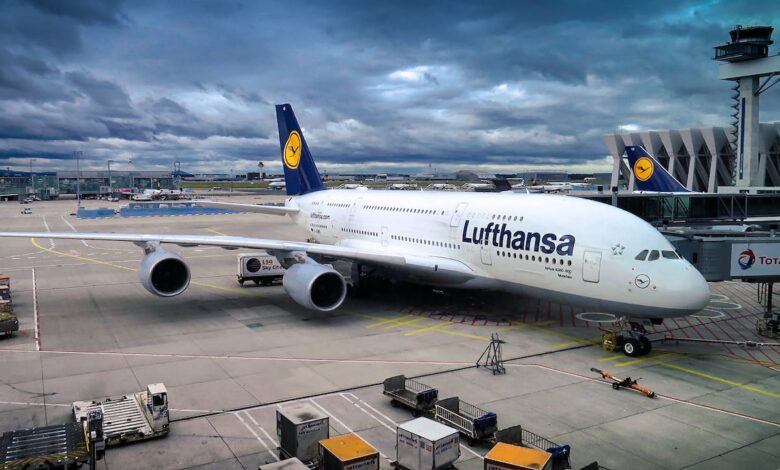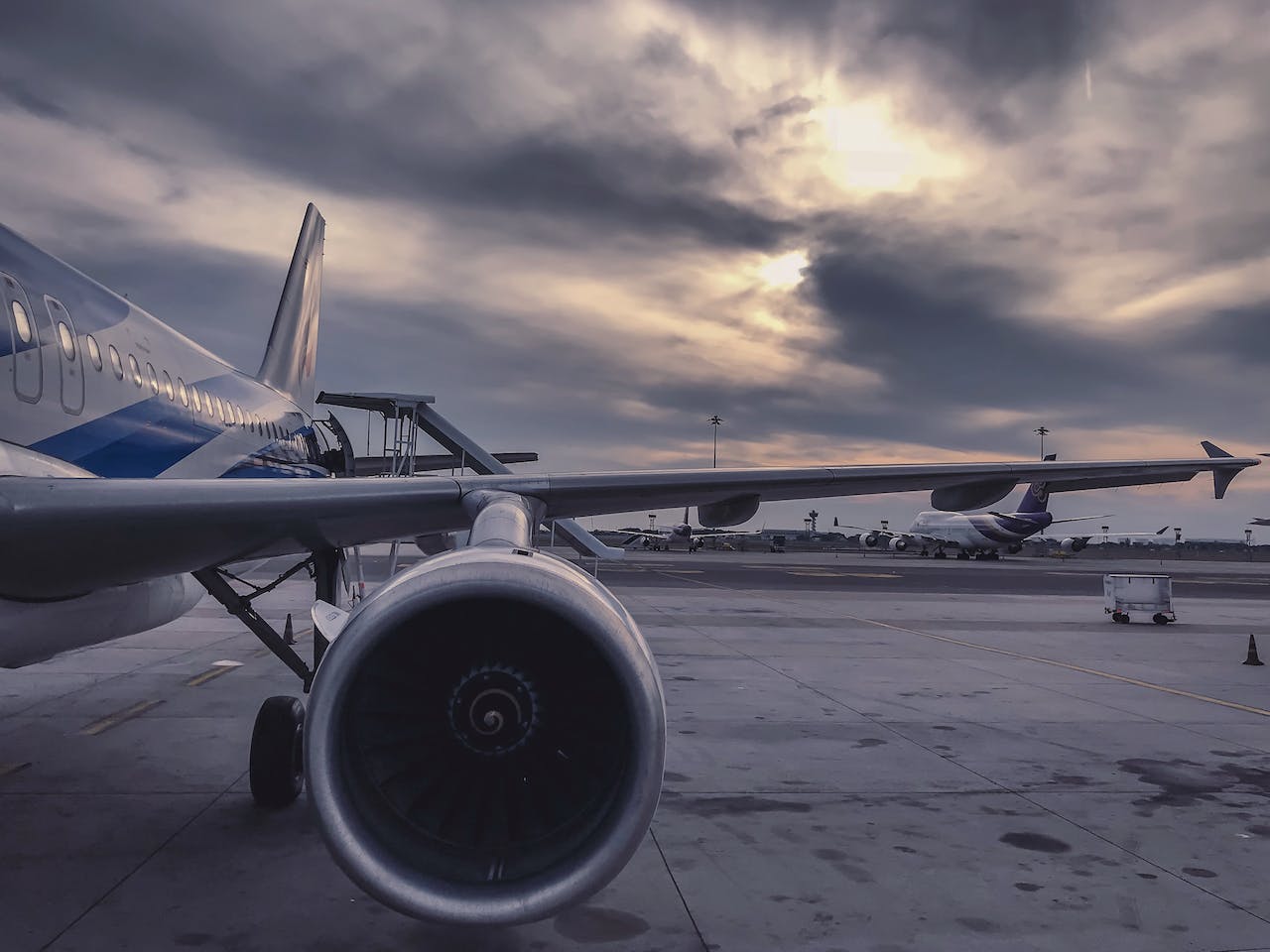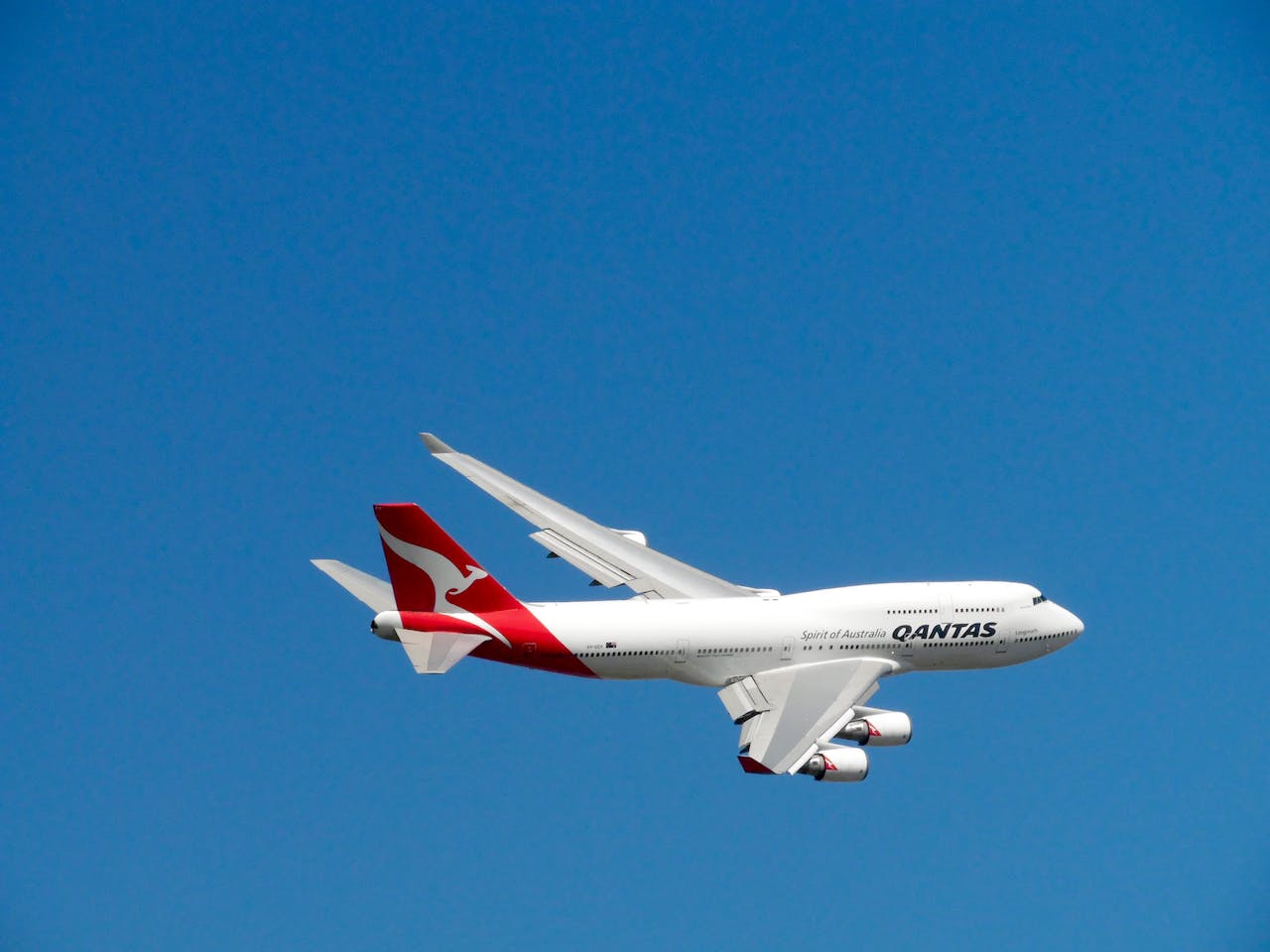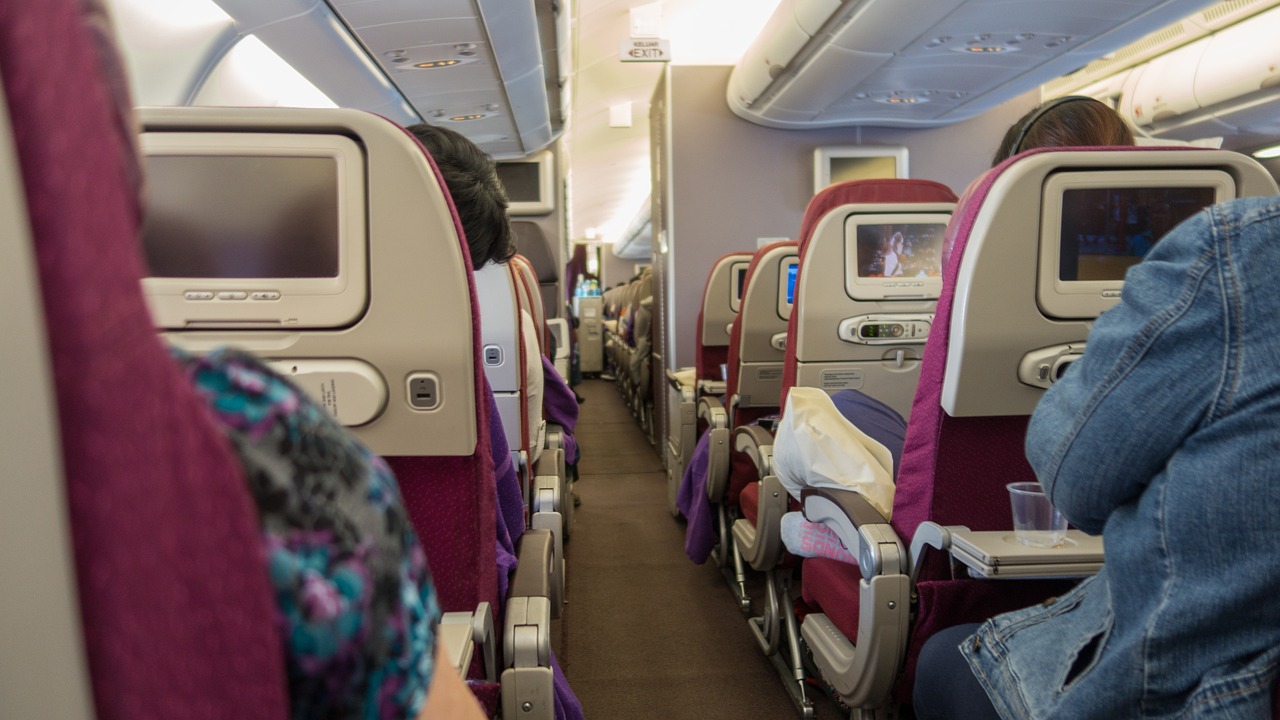The Ultimate Guide to Travel on an Airplane

Imagine soaring through the sky, gazing down at the patchwork of earth below while sipping on a refreshing beverage. The adventure of air travel has captivated the human imagination for decades, offering the promise of exotic destinations and thrilling experiences. For many people, the thought of traveling on an airplane brings up feelings of anxiety and nervousness. However, with the right approach, air travel can be a smooth and enjoyable experience.
Whether you’re a seasoned jet-setter or a first-time flyer, mastering the art of traveling on an airplane can unlock a world of possibilities. From navigating airport security to surviving long-haul flights with ease, this comprehensive guide will equip you with the knowledge and skills needed to elevate your airborne journeys to new heights.
Travel on an Airplane
There are many things to be considered and take care of when traveling on an airplane.
1. Preparing for Your Flight
As you prepare for your flight, it’s essential to pack strategically. Consider the duration of your journey and the in-flight amenities provided by the airline. Bring a travel pillow, noise-canceling headphones, and snacks to ensure comfort during the flight. Additionally, research the TSA guidelines for carry-on items and make sure all liquids are within the allowed limit.
Furthermore, don’t forget to check in online ahead of time to secure a good seat and avoid long lines at the airport. Arrive early to allow for unexpected delays and have ample time for security checks. Finally, keep electronic copies of important documents, such as passports and boarding passes, in case of loss or damage. By taking these steps before your flight, you can minimize stress and maximize enjoyment on your journey. Remembering these key points will help you streamline the packing process and ensure that you’re fully prepared for whatever comes your way during travel on an airplane.

2. Navigating the Airport
Navigating the airport can be an overwhelming experience for many travelers, but with careful planning and preparation, it can become a seamless process. One key strategy is to familiarize yourself with the layout of the airport before your arrival. Most airports offer detailed maps and diagrams on their websites, which can help you locate key areas such as security checkpoints, restrooms, and dining options. Another valuable tip is to arrive early to allow sufficient time for check-in and security screening. This not only reduces stress but also provides a buffer in case of unexpected delays or long lines.
The best way to pack a suit to maximize space
Lastly, it’s essential to stay organized throughout your airport experience. Keep important documents such as boarding passes and identification easily accessible; pack your carry-on baggage strategically for easy access during security checks; and consider using technology like mobile boarding passes to streamline your travel experience. By implementing these strategies and embracing a proactive approach, you can make your travel on an airplane more efficient.
3. Boarding and Finding Your Seat
Boarding an airplane is often a hectic experience, with passengers eagerly jostling to find their seats promptly. However, one strategy for managing this chaos is to patiently wait for the zone or group number to be called. This helps minimize crowding around the boarding area and allows for a more orderly process of finding your seat.
Once on board, it can be helpful to stow your carry-on items efficiently to expedite the boarding process for other passengers. Additionally, staying attentive to any instructions from the flight attendants can make navigating the cabin much smoother and less stressful. Remember that being respectful of fellow travelers by swiftly and calmly taking your assigned seat provides a positive start to your travels on an airplane.
In conclusion, finding your seat on an airplane may seem like a simple task, but doing so with patience and consideration for others can greatly enhance the overall boarding experience. By following these tips and approaching the process thoughtfully, travelers can contribute to a more relaxed atmosphere in what is typically considered one of the most frantic parts of their travel on an airplane.

4. In-Flight Comfort and Entertainment
Airlines recognize the importance of providing in-flight amenities that enhance the passenger experience and differentiate their service offerings. In an era where comfort and convenience play a significant role in travelers’ choices, airlines are increasingly focusing on developing amenities tailored to meet the diverse needs of passengers.
11 best tips to follow while traveling abroad
One notable trend is the growing emphasis on wellness-focused amenities, such as healthier food options, dedicated relaxation spaces, and even onboard exercise facilities. This reflects a shift towards acknowledging passengers’ holistic well-being during air travel. Additionally, advancements in in-flight entertainment systems provide a wide array of movies, TV shows, music, and games to keep passengers entertained throughout their journey. With access to on-demand content and even Wi-Fi on some flights, travelers have more control over how they spend their time in the air.
In summary, as competition within the airline industry continues to intensify, understanding and addressing passengers’ evolving needs is paramount. By focusing on providing tailored in-flight amenities designed for comfort, convenience, and well-being, airlines can enhance their appeal and cultivate loyal customers who appreciate the additional value offered during travel on an airplane.
5. Dealing with Jet Lag and Time Changes
Dealing with jet lag and time changes can be a challenging aspect of travel, but several strategies can help minimize its effects. Upon arrival at your destination, try to adapt to the local time as quickly as possible by getting exposure to natural light during the day and avoiding long naps. It’s also important to stay well-hydrated and maintain a healthy diet to support your body’s adjustment.
How to treat obesity as disease
Another effective method for combating jet lag is to establish a pre-travel routine that aligns with the time zone of your destination. Gradually adjusting your sleeping and eating patterns in the days leading up to your trip can make a significant difference in how easily you acclimate when you arrive. Additionally, incorporating some light exercise or stretching during long flights can help improve circulation and reduce feelings of grogginess upon arrival. Embracing these strategies can ensure a smoother transition into your new time zone, allowing you to make the most of your travel on an airplane without feeling overwhelmed by jet lag.

6. Arrival and Getting Through Customs
Arriving at a new destination after traveling on an airplane is often an exhilarating experience, yet navigating through customs can be a daunting task for many. Exploring the customs process with patience and understanding can make this experience seamless and stress-free. Keep in mind that customs officers are there to ensure safety and compliance with regulations, so approaching them with respect and cooperation can make the process much smoother.
Understanding the specific entry requirements of your destination country beforehand is crucial, as it enables you to prepare the necessary documents and information in advance. Be sure to have your passport, visa, arrival form, and any other required documentation readily available for inspection. Additionally, being attentive to local customs procedures, such as declaring any relevant items or goods, will further expedite your clearance through customs. While waiting in line or during the actual processing, take advantage of the time to observe your surroundings and immerse yourself in the unique atmosphere of your new location.
Traveling on an airplane can be a convenient and efficient way to reach your destination. By following the tips and guidelines outlined in this article, you can ensure a smooth and hassle-free travel experience. From packing efficiently to navigating airport security, being well-prepared is key to a successful trip. Embracing a mindset of mindfulness and preparation is crucial to ensuring happy and safe travels on an airplane. It’s important to remain flexible and patient, as unexpected delays or changes in plans can occur.




